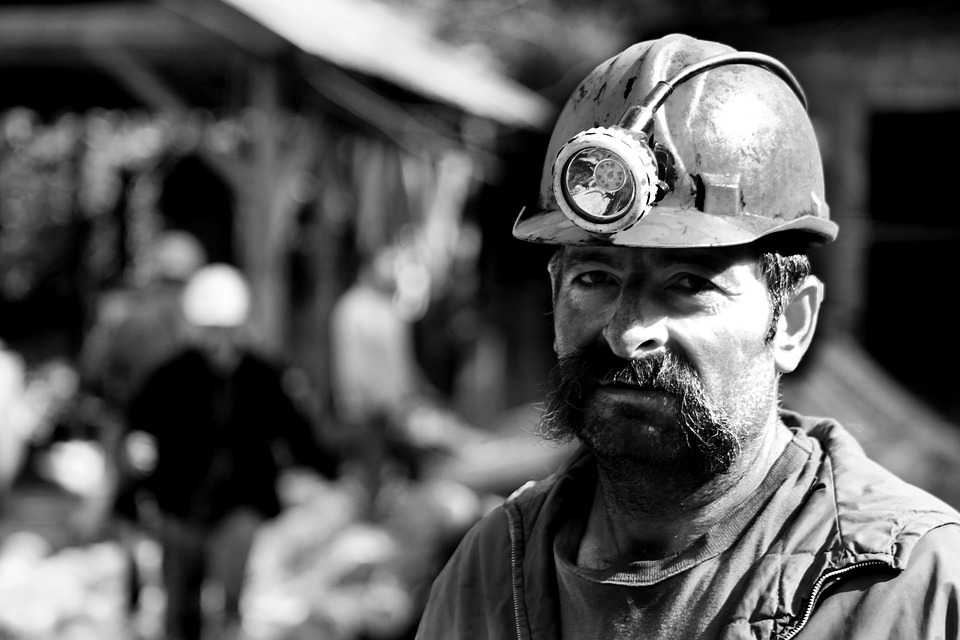The re-emergence of black lung disease in Queensland is shining an uncomfortable spotlight on the mining industry
The union representing Queensland coal miners says public servants, doctors and radiologists should be held accountable, along with mining companies, for the rising number of cases of black lung in that state.
The CFMEU says it has confirmed another three cases of coal workers pneumoconiosis (black lung), an untreatable condition that was thought to have been eradicated in Australia for 30 years until a case was identified in mid 2015.
The additional three cases, bringing the tally to 24, were reported to the Queensland government last week, along with three cases of coal mine lung dust disease, CFMEU Queensland mining and energy president Stephen Smyth told The Medical Republic.
He said coal miners had believed the state-run Health Surveillance Unit and health professionals were looking after them with a system of pre-employment and periodic health examinations and reviewing their spirometry tests and X-rays.
Now they were asking questions about those professionals’ duty of care.
“Those people in the past – whether they were a doctor, a radiologist, a mines inspector, or a public servant … who were aware of these cases and were aware the health surveillance system wasn’t working, and who misdiagnosed people or failed to enforce the law, what happens to them?
“I think we should be going after the doctors and radiologists,” he told The Medical Republic.
In the first litigation by a black-lung victim, former miner Jason Bing, 48, filed a suit in the Queensland Supreme Court earlier this month seeking damages from a number of coal companies for loss of income and earning capacity and psychological trauma.
Mr Bing’s lawyer, Roger Singh of Shine Lawyers, said he expected the number of black lung cases to grow and the mining companies were “at the forefront of culpability”.
Mr Singh, a dust diseases claims expert, said he could not see a legal basis for health practitioners to be held responsible, despite suggestions that they had inadequate training for identifying black lung.
Although the disease is incurable, it can be arrested if detected early and if the miner is removed from dust exposure.
But Mr Smyth said he knew of a miner who had been diagnosed with early signs of black lung in 2006 by a radiologist and a doctor, but the miner had not been informed of the diagnosis. As a result, he kept working and his health had deteriorated.
“He is one of a number of cases. Where is the responsibility there?” Mr Smythe asked.
Of the three new black-lung cases, one miner was still working at the time of diagnosis and two others had retired, he said.
Of the 21 officially confirmed cases of black lung at the end of May, 17 miners were still working in the Queensland coal industry at their diagnosis. All 21 had been certified as fit for work after assessments under the now-discredited state-run health scheme.


